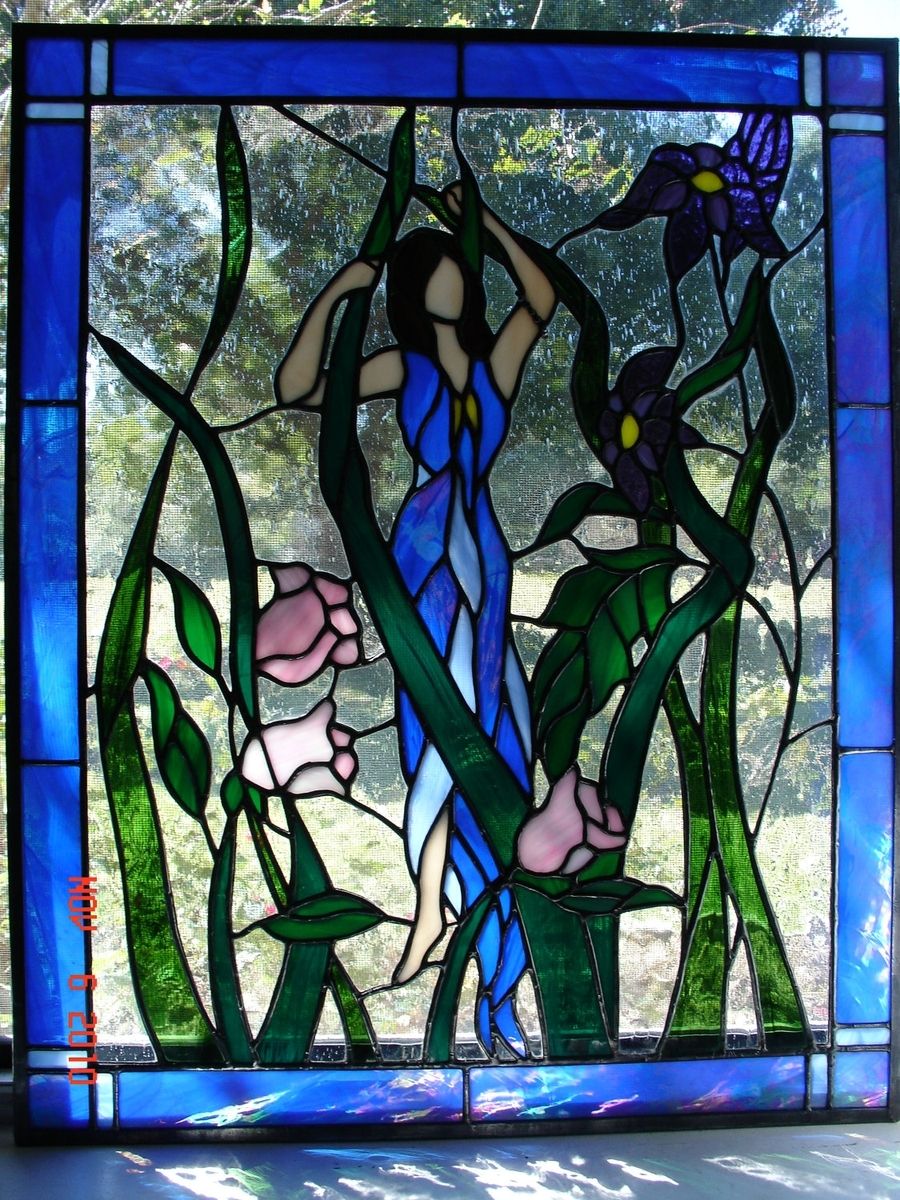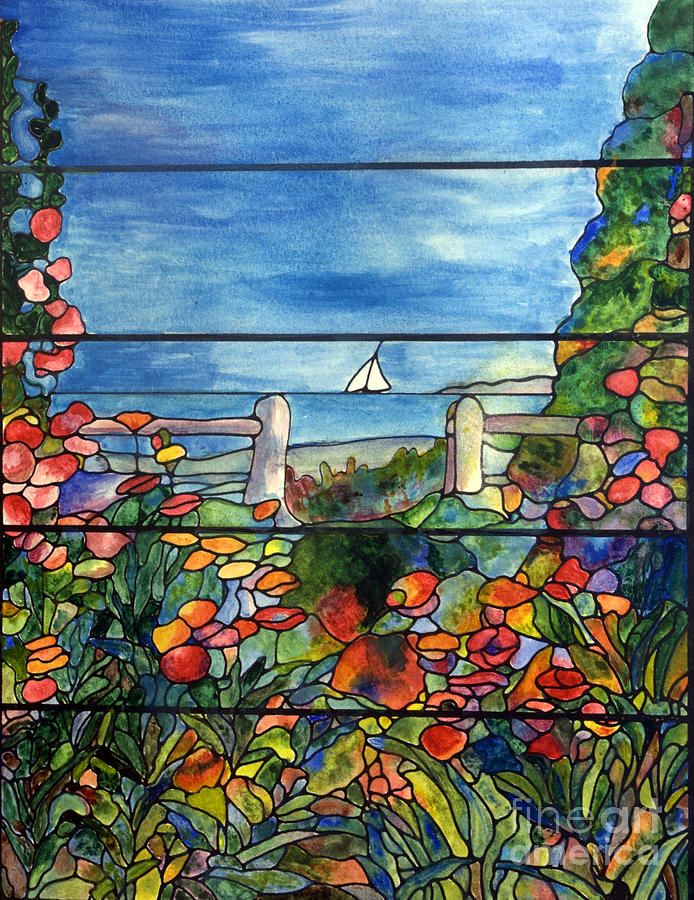


(Always run the cutter off the opposing edge of the glass, lessening the pressure as you do so, and never go over a score line twice!)Īfter you’ve cut a fine groove in the pane, you’ll want to break the sections apart carefully.

Then set the scoring wheel close to the edge of the glass, press down firmly, and push it away from you across the glass surface.

Hold the cutter comfortably in the palm of your hand and dip its tip in some light oil or turpentine. Then lay a pad of newspapers down on your work surface, and you’ll be ready to begin. A trip to a local commercial glass store or framing shop will usually yield a box of free scrap glass, which will be perfect for practice cutting. They should be available at your stained glass supplier for about $2.15 apiece. With a little practice, though, you’ll soon have the technique down pat.įirst, purchase a Fletcher Terry No. Glass cutting is really a simple skill which, for some unknown reason, most folks think of as being cloaked in mystery. If you don’t do so, the glass panel may distort as you place the lead strips between its pieces.) Cutting the Glass (It’s very important to incorporate this allowance into your pattern. This pen should draw a line about 1/16″ wide, just the right size for your “lead allowance,” the space which will be taken up by the leading. When you’ve completed your design and sketched it full size on a sturdy piece of paper, go over the lead lines with a finepoint permanent marking pen. Always divide any large pieces of background glass into small shapes, and avoid having tight curves that jut into such shapes. Never design a right or acute angle without adding at least one lead line from the “point” of the angle. All such lines must be connected to other lead lines. As a rule of thumb, the shapes in the pattern should comply with the following guidelines: Never draw a “lead line” (one that indicates the position of the lead that will hold your shards together) that stops in space. To begin, draw your design on graph paper to keep it square and in proportion. If you stick with simple shapes, straight lines, and/or gentle curves - and limit the size of the project (keep both dimensions between 10 and 18 inches) and the number of glass parts (15 to 25 pieces) - you should have little difficulty. Once your crafts area is arranged, you can start right in and work up a design for your “window art.” There are many pattern books on the market (which contain black-and-white line drawings), but most of their designs are too complicated for a beginning effort … so you may want to plan your first piece yourself. So be sure the space you decide to use for your sun-catching art is situated away from your home’s regular traffic patterns. If you have small children in your family, you’ll have to make a special effort to keep your work area off-limits to curious fingers because broken glass pieces and strips of lead are extremely hazardous.


 0 kommentar(er)
0 kommentar(er)
